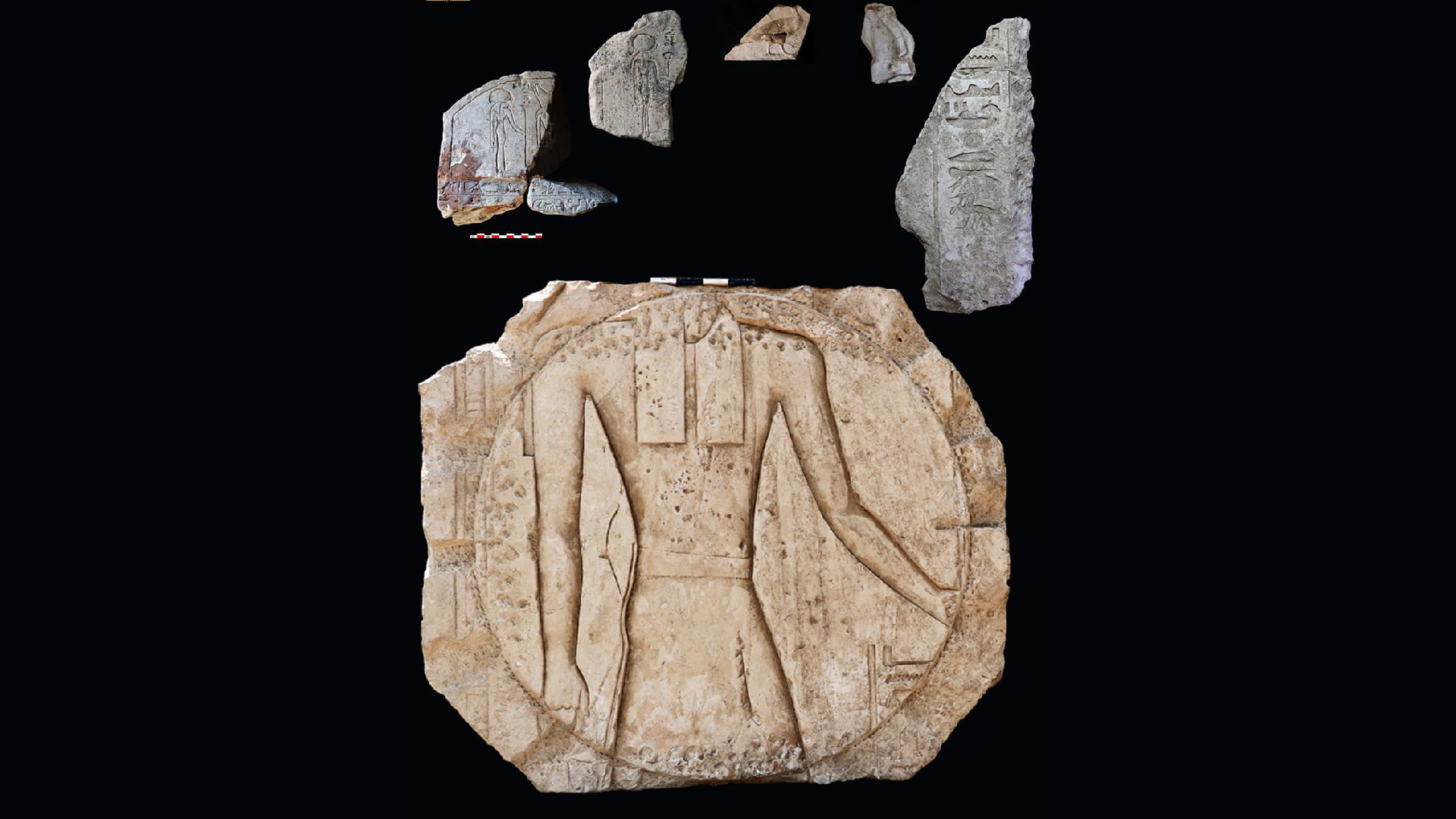
Archaeologists have identified the first ancient Egyptian astronomical observatory on record, which they say is the "first and largest" of its kind, according to a translated statement from the country's Ministry of Tourism and Antiquities.
An Egyptian archaeological team discovered the remains of the sixth-century-B.C. structure three years ago during excavations at an archaeological site in the ancient city of Buto, now called Tell Al-Faraeen, in Egypt's Kafr El-Sheikh governorate.
"Everything we found shattered our expectations," Hossam Ghonim, director general of Kafr El-Sheikh Antiquities and head of the Egyptian archaeological mission, told Live Science.
The team uncovered the ruins of an L-shaped mud-brick building spanning over 9,150 square feet (850 square meters). Its east-facing entrance, marked by a traditional gateway known as a pylon, leads to a spot where sunlight would have illuminated where the sky observer — known as 'smn pe' and who was usually a priest — stood to track the sun and stars, Ghonim said.
The structure still has a carving of smn pe facing the rising sun. This figure symbolizes the ancient Egyptians' connection to the cosmos, Ghonim said.
Related: Ancient zodiac paintings on Egyptian temple see the light of day after 2,200 years
At first, the team thought they had discovered a temple. Yet, as the excavation progressed, they uncovered artifacts and inscribed symbols, such as Chen, Cenet and Benu, that related to time and astronomy, Ghonim said. But it was the discovery of a huge sundial — along with several inscriptions, artifacts and the layout of the building — that led researchers to make the new announcement that this structure was an observatory, Ghonim explained.
"Along the hall's northern side, we discovered a slanted stone sundial — a sun shadow clock that used the shifting angles of the sun's shadows to determine sunrise, noon and sunset — a simple yet profound method," said Ghonim, who noted that, initially, archaeologists thought the clock was a temple gate. The team also found an ancient Egyptian timekeeping device known as a "merkhet," also from the sixth century B.C., at the site.
These findings shed light on the astronomical techniques used by the ancient Egyptians so they could determine the solar calendar and the dates of religious and official rituals, such as the coronation of kings and the agricultural year, according to the statement.
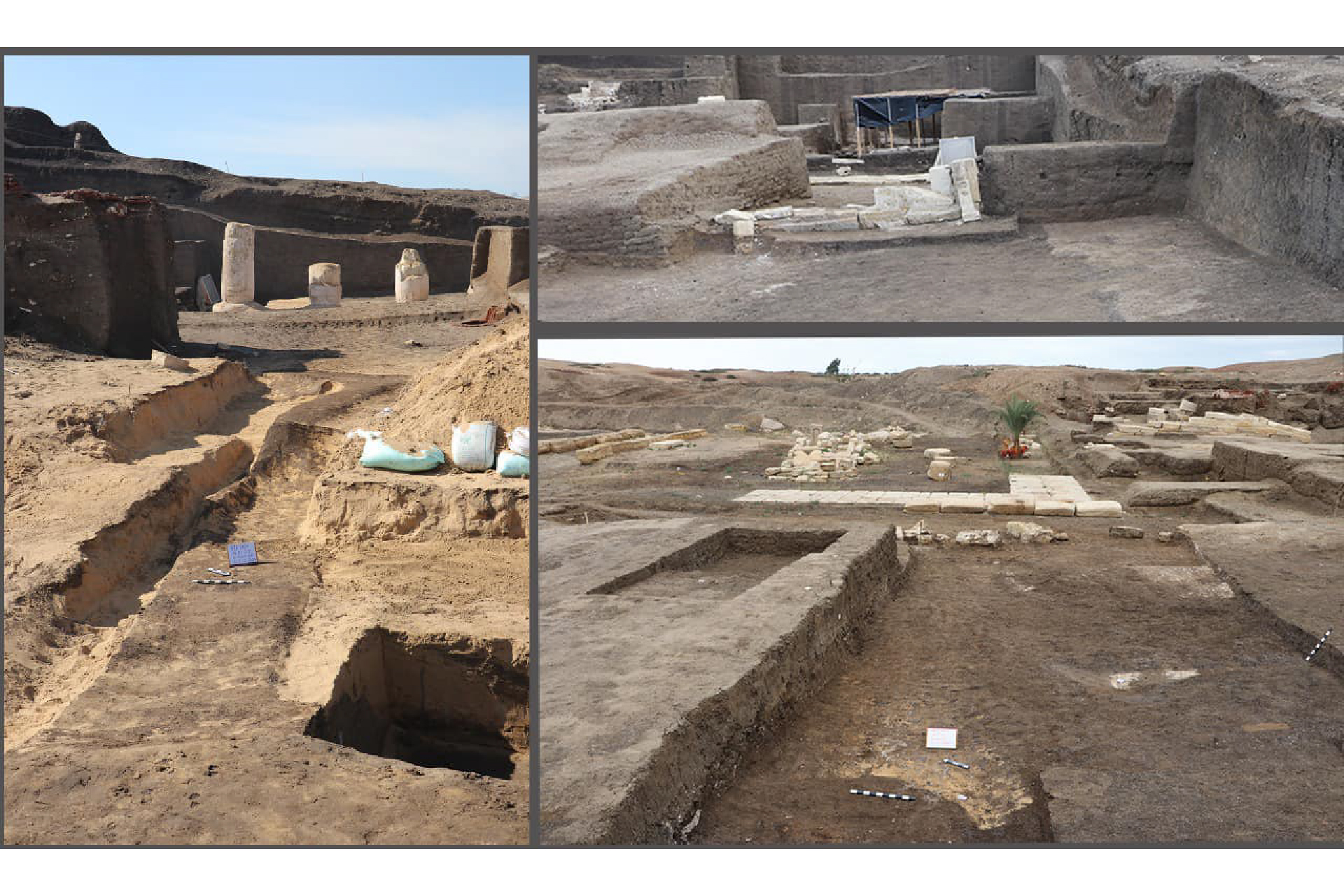
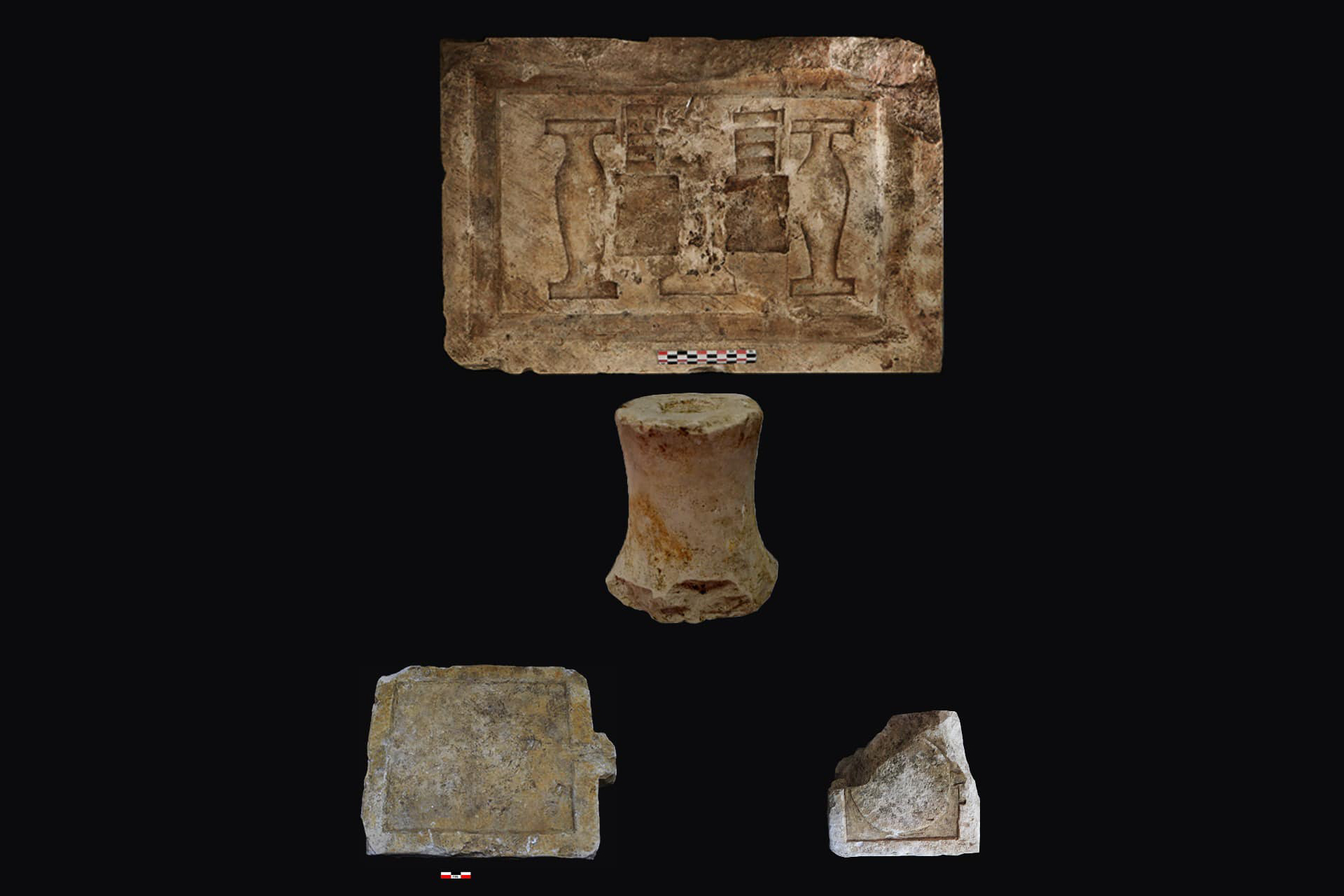
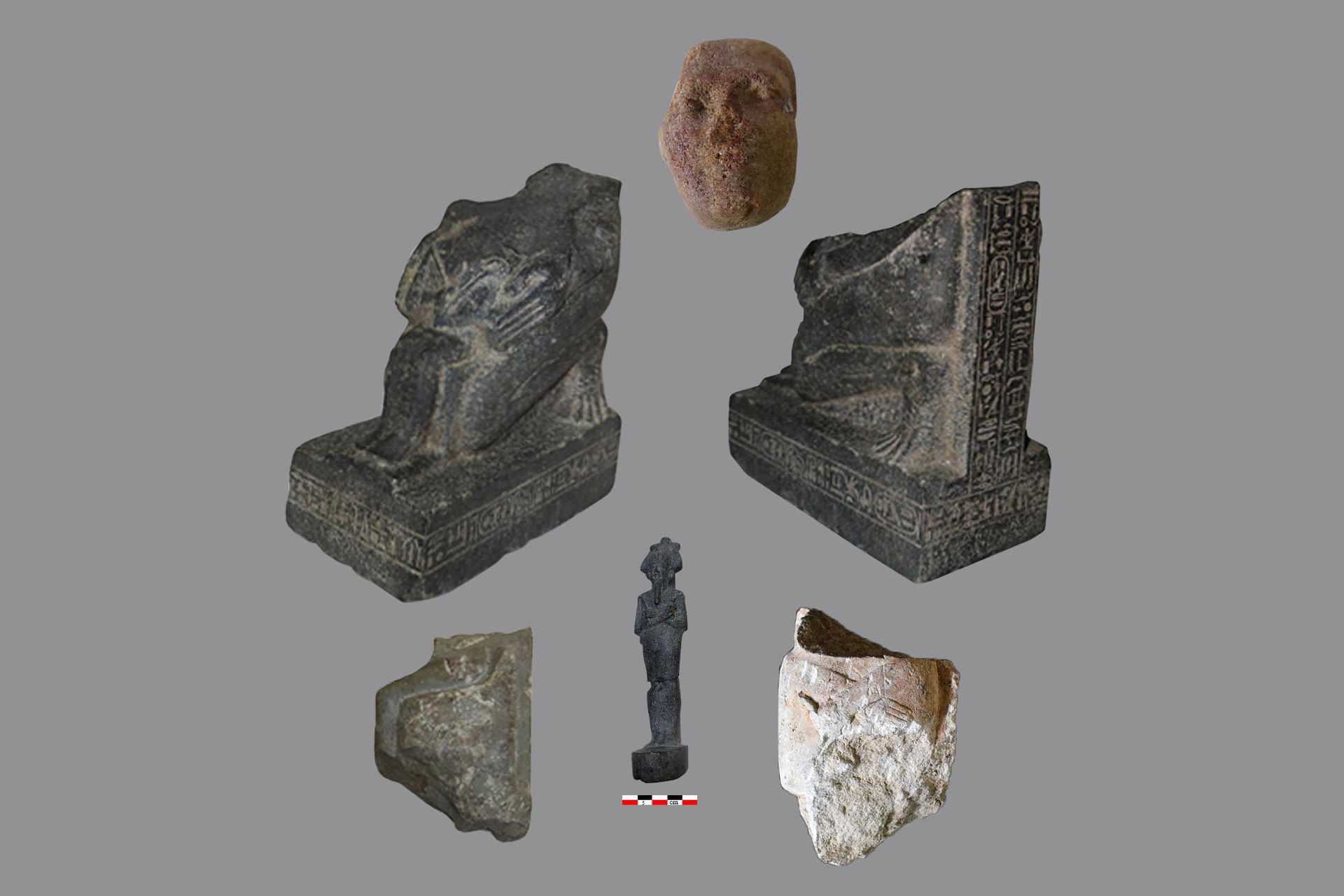
Mats and pillars
Inside the hall, the archaeologists found an inscribed stone depicting astronomical views of sunrise and sunset across three seasons.
"The ancient Egyptians envisioned the Earth and sky as two mats," Ghonim said. "They mapped the sky on the 'Themet Hrt' — the sky mat — and the 'Themet Ghrt,' or Earth mat, represented their calendar, marking events like the Nile flood and harvest. This is the first inscribed stone mat of its kind ever discovered."
These findings, as well as other inscriptions, add to evidence the Egyptians' deep understanding of seasonal changes and variations in day length.
The archaeologists also found a "triad of pillars" at the hall's entrance — an unusual placement because the typical structure of ancient Egyptian monuments feature pillars at the end of the hall. This unusual placement of pillars suggests that it is not a temple, as previously thought. "We theorized that these pillars might represent the ancient Egyptians' tripartite division of time into seasons, months and weeks," Ghonim said.
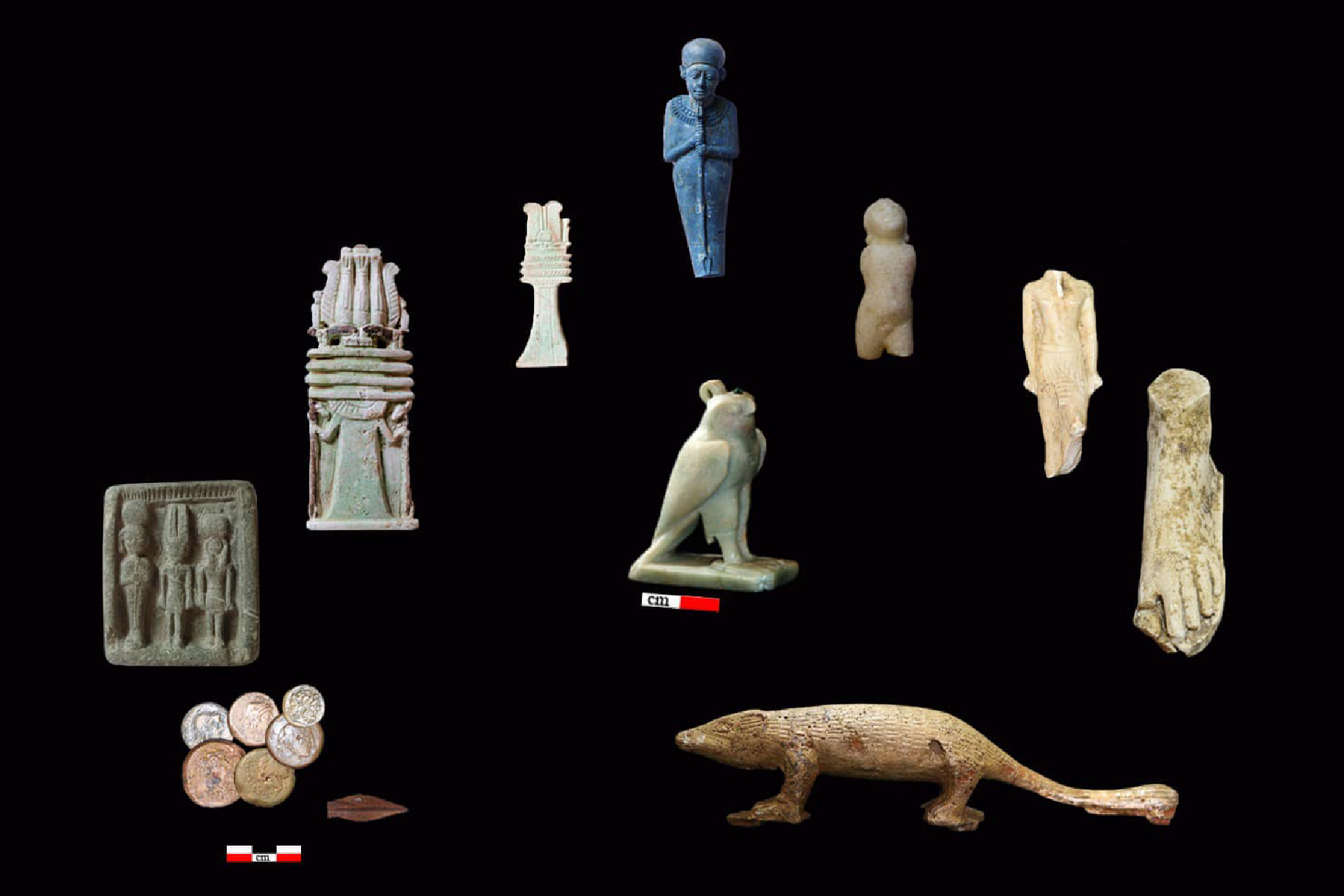
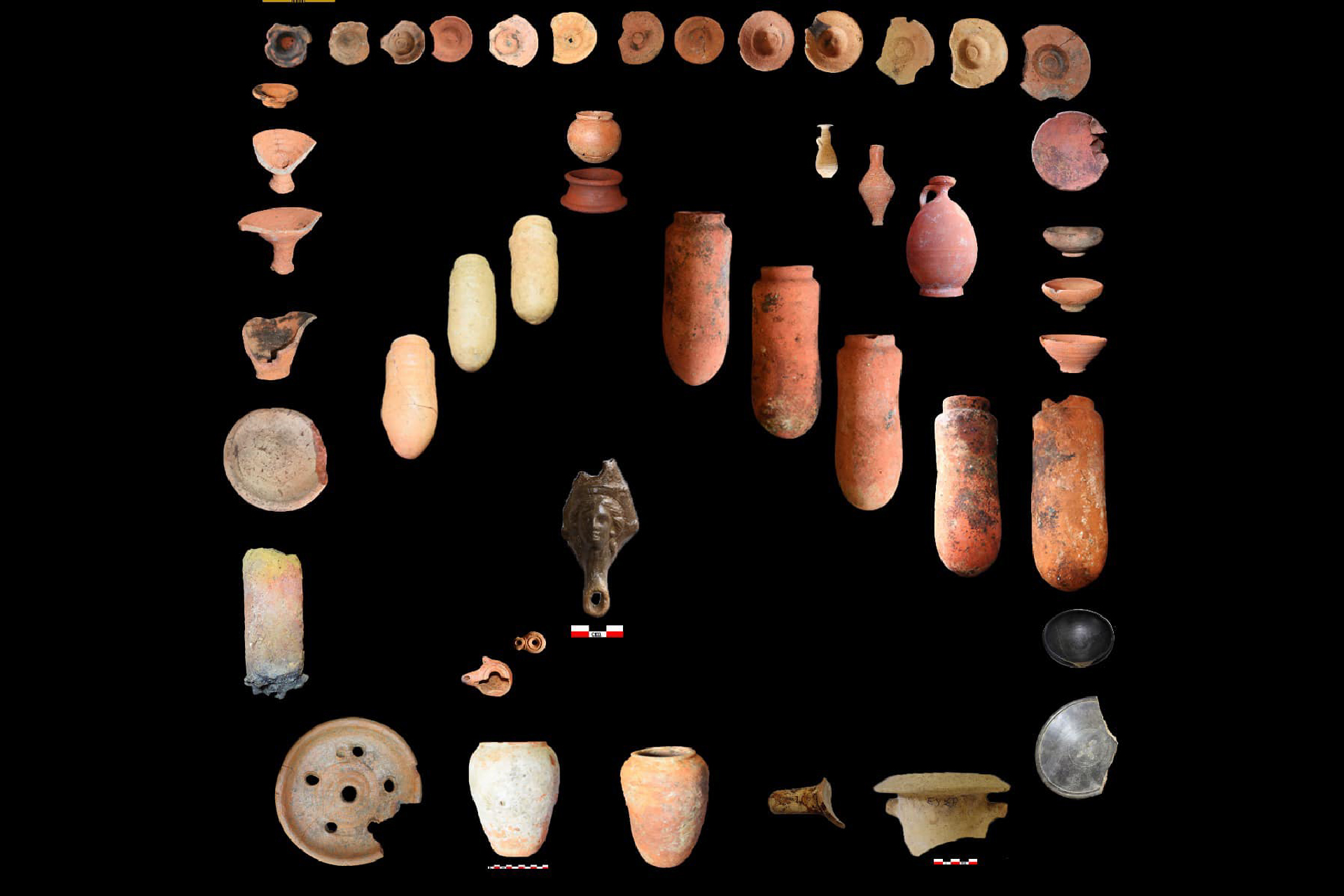
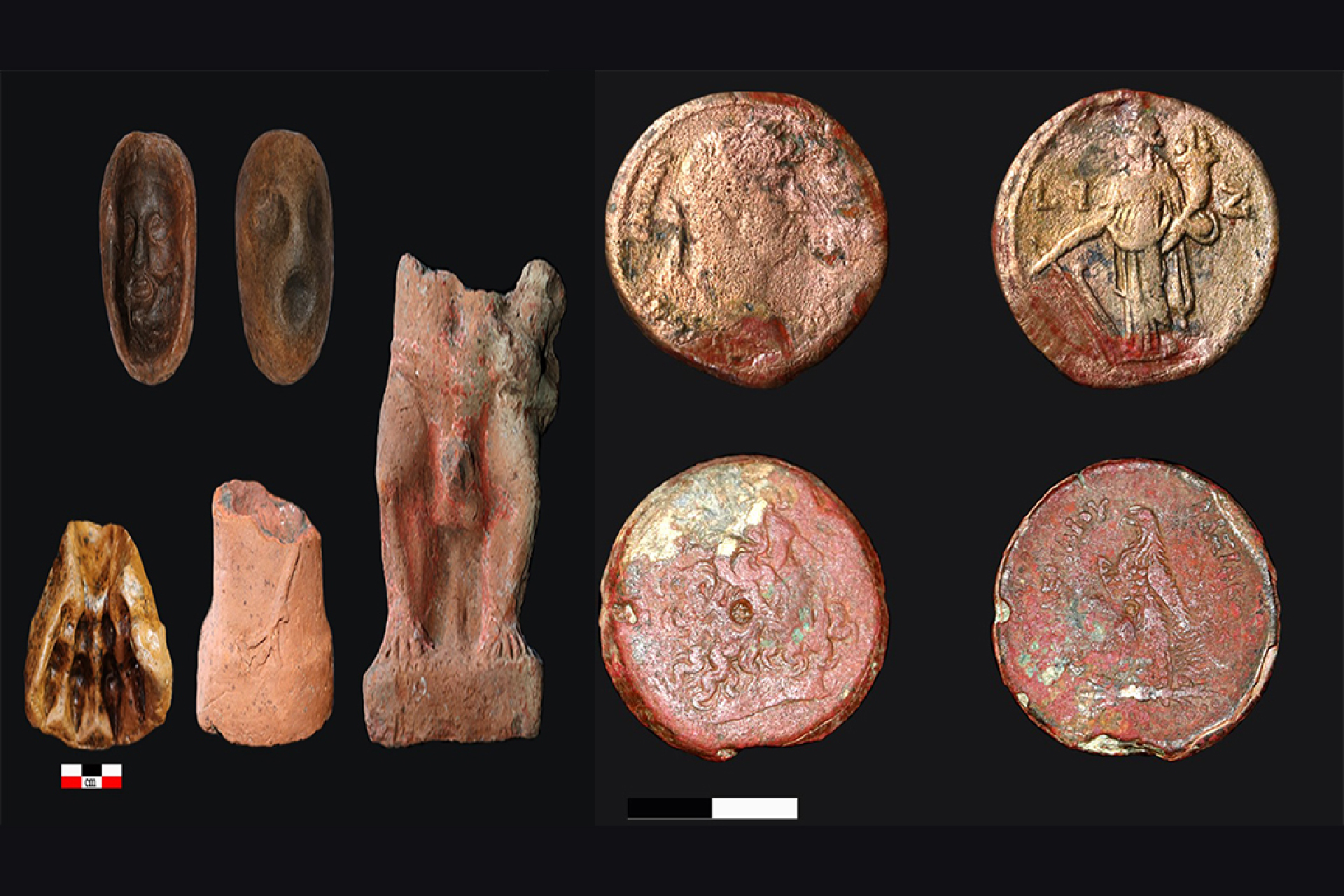
Unlike traditional monuments, which typically have a single pylon, the observatory had two pylons facing each other, framing the circular observatory spot and symbolizing akhet, or the horizon where the sun rises. Facing this Akhet was a limestone watchtower that was likely once paired with another and used to observe constellations, Ghonim said.
The excavation also uncovered a statue of the falcon-headed god Horus. The depiction of Horus, along with an eye of Horus, "embodies the systems of the universe and is linked to the sun, the moon, the god Horus, and the goddess Wadjet, the most important gods of Buto," according to the statement.
In ancient times, Buto was dedicated to the goddess Wadjet, a serpent goddess known to be protective of the king. The analysis of the observatory provides more evidence that Wadjet was of great importance to Buto, Ghonim said.
Inside the observatory, archaeologists found a gray, granite statue of King Psamtik I from the Saite era — the 26th dynasty — and a bronze figure of Osiris, a god associated with the underworld and resurrection, with a serpent, referring to the goddess Wadjet. These artifacts, along with various pottery items used in religious rituals, date the observatory to the sixth century B.C. and emphasize its dual role in scientific study and spiritual practice, Ghonim said.







